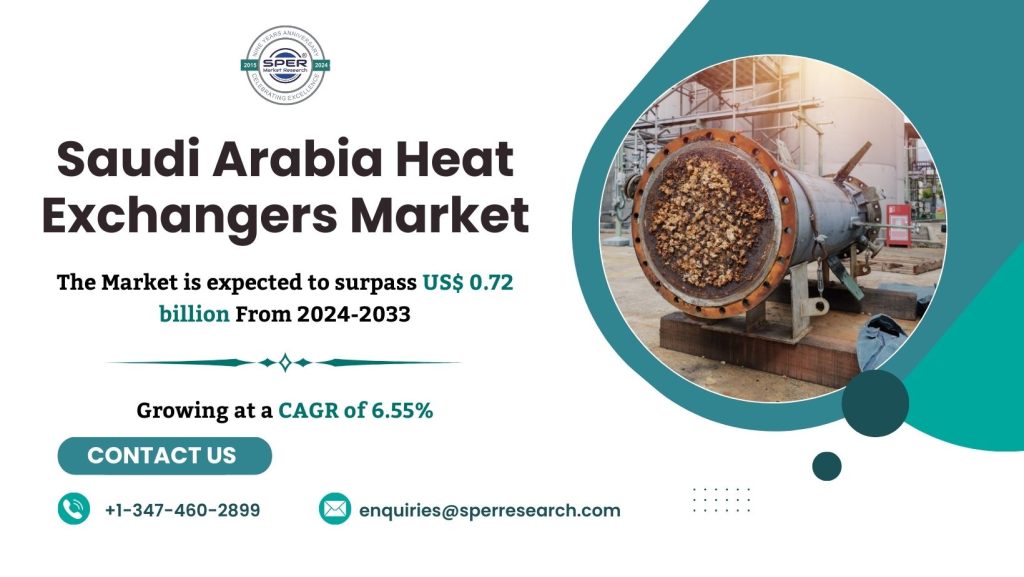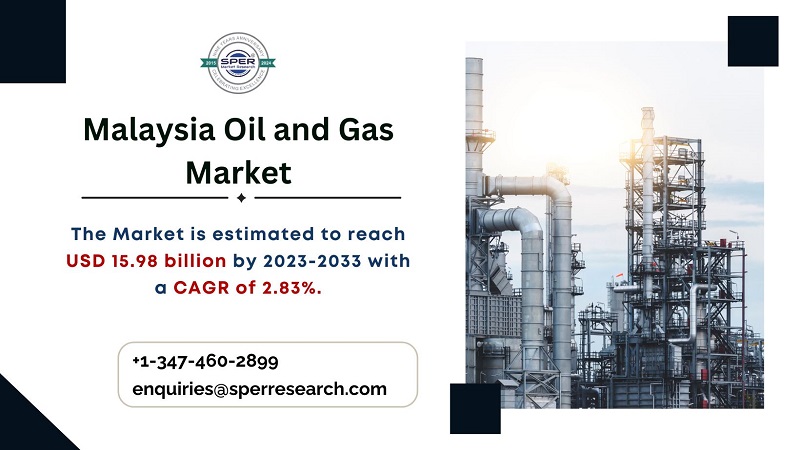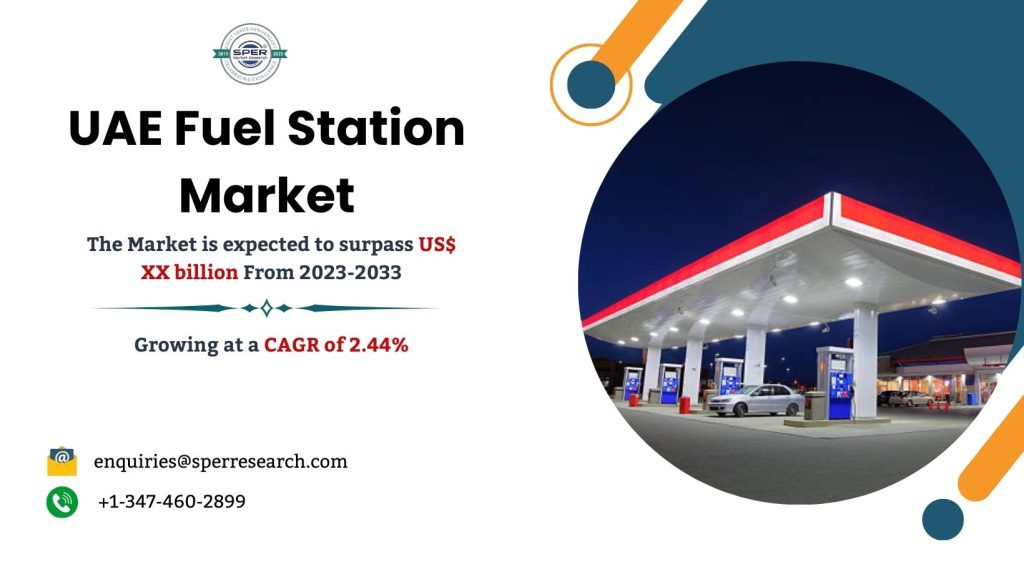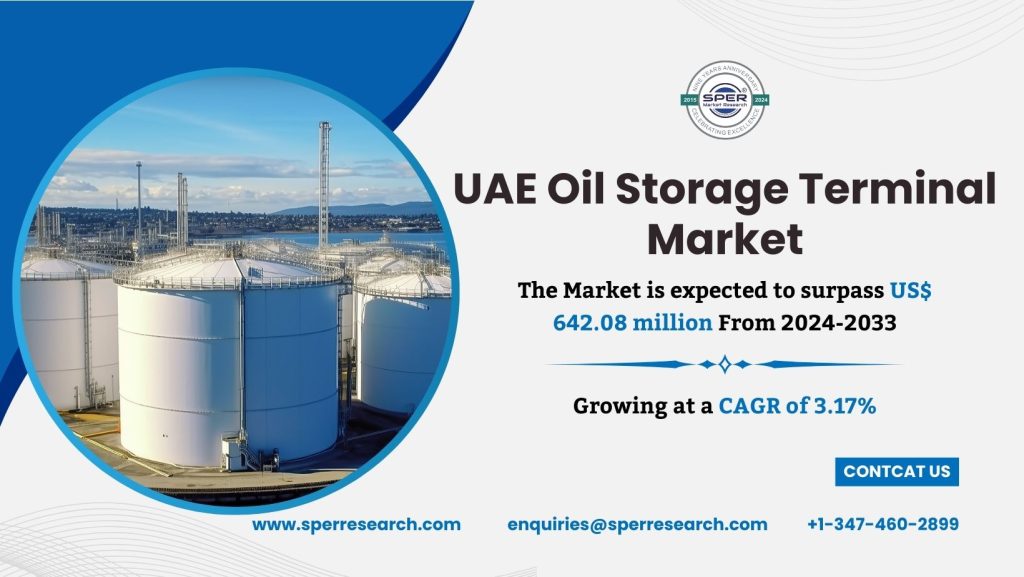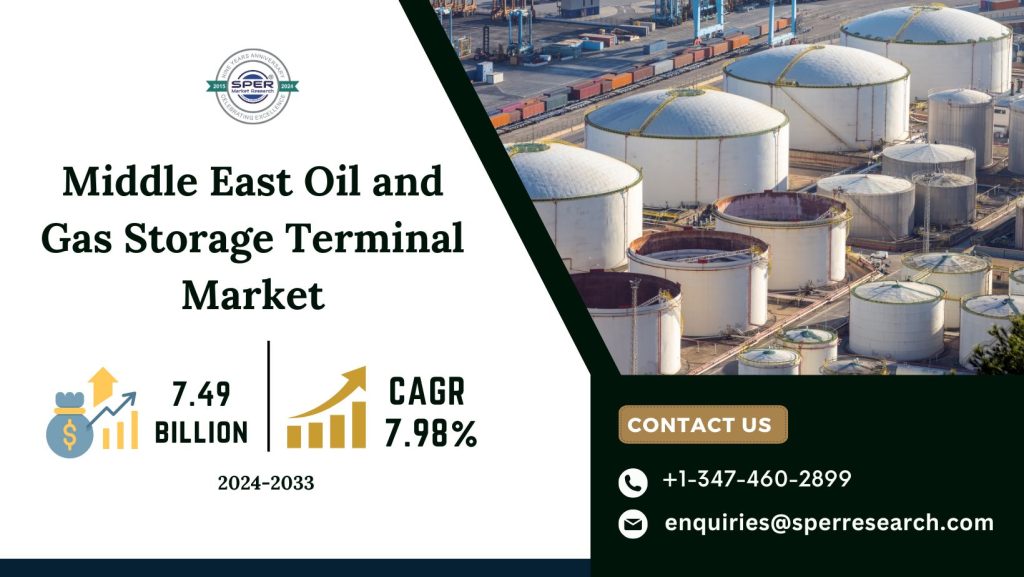Market Overview and Market Insights: Unlike batteries, fuel cells require both a continuous supply of fuel and air or oxygen to maintain the chemical reaction necessary for generating power. With access to sustainable fuels such as hydrogen, phosphoric acid, and other electrolytes, fuel cells can produce electricity consistently over extended periods. They are more efficient than traditional gas or diesel engines and operate silently, setting them apart from conventional engines. Fuel cells rely on a steady input of fuel and air or oxygen to sustain their operation and can generate electricity continuously when supplied with renewable fuels.
According to SPER Market Research, the report titled ‘Global Stationary Fuel Cell Market Size – By Technology, By Application, By Power Range, By End User – Regional Outlook, Competitive Strategies, and Segment Forecast to 2032’ projects that the global stationary fuel cell market will reach a valuation of USD 15.50 billion by 2032, growing at a CAGR of 12.29%.
Drivers:
Environmental Benefits and Emission Reduction – The urgent need to reduce greenhouse gas emissions and heightened global awareness of environmental concerns are driving the growth of the fuel cell market. The reliance on fossil fuels for transportation and electricity generation has significantly contributed to air pollution, elevated greenhouse gas levels, and climate change. Fuel cells offer a promising solution to these issues by generating electricity through an electrochemical process that produces minimal emissions. Hydrogen fuel cells, for instance, emit only heat and water vapor during power generation, making them a clean alternative for reducing air pollution and lowering carbon dioxide levels.
Download sample PDF copy of this report to understand structure of the complete report @ https://www.sperresearch.com/report-store/stationary-fuel-cell-market.aspx?sample=1
Challenges: One of the primary barriers to the widespread adoption of fuel cell technology is the high cost of production and infrastructure. The manufacturing process requires precise techniques and expensive materials, such as platinum, which is used as a catalyst in proton exchange membrane fuel cells (PEMFCs). Reducing dependency on costly metals like platinum remains a significant challenge to making fuel cells more economically viable.
Impact of COVID-19: The COVID-19 pandemic has disrupted economic growth across various sectors, including the fuel cell market. Lockdowns and curfews have interrupted production processes, leading to higher fuel prices. Despite these challenges, increasing awareness of the need to reduce greenhouse gas emissions and improve air quality is expected to drive demand for fuel cells. The pandemic has highlighted the importance of sustainable energy solutions, which could boost market growth in the long term.
Regional Insights: The Asia-Pacific region leads the global stationary fuel cell market, driven by rising energy demands, growing environmental awareness, and government initiatives promoting clean energy technologies. Key players in this market include AFC Energy Plc, Bloom Energy Corporation, Ballard Power Systems, Doosan Fuel Cell America, Fuel Cell Energy Inc., Fuji Electric, POSCO Energy, PowerCell, Siemens Energy, and SolidPower Group.
Global Stationary Fuel Cell Market Segmentation:
By Technology: Based on the Technology, Global Stationary Fuel Cell Market is segmented as; Direct Methanol Fuel cell (DMFC), Molten Carbonate Fuel Cell (MCFC), Phosphoric Acid Fuel cell, Proton Exchange Membrane Fuel Cell (PEMFC), Solid Oxide Fuel (SOFC), Others
By Application: Based on the Application, Global Stationary Fuel Cell Market is segmented as; Combined Heat and Power (CHP), Prime Power, Uninterrupted Power Supply (UPS)
By Power Range: Based on the Power Range, Global Stationary Fuel Cell Market is segmented as; 250kW-1mW, 5kW-250kW, Less than 1kW, More than 1mW
By End User: Based on the End User, Global Stationary Fuel Cell Market is segmented as; Commercial, Industrial, residential
By Region: This report also provide the data for key regional segments of Asia-Pacific, Europe, Middle East and Africa, North America, Latin America.
For More Information in Stationary Fuel Cell Market, refer to below link –
Stationary Fuel Cell Market Growth
Others Industry Report –
- Uninterruptible Power Supply (UPS) Market Size- By Type, By Capacity, By Application, By End User- Regional Outlook, Competitive Strategies and Segment Forecast to 2033
- USA E-commerce Logistics Market Size- By Service, Business, By Destination, By Product – Regional Outlook, Competitive Strategies and Segment Forecast to 2033
- Clinical Trial Investigative Site Network Market Growth, Size, Trends Analysis- By Phase, By Therapeutic Areas, By End User- Regional Outlook, Competitive Strategies and Segment Forecast to 2033
Follow Us –
LinkedIn | Instagram | Facebook | Twitter
Contact Us:
Sara Lopes, Business Consultant – U.S.A.
SPER Market Research
+1-347-460-2899


